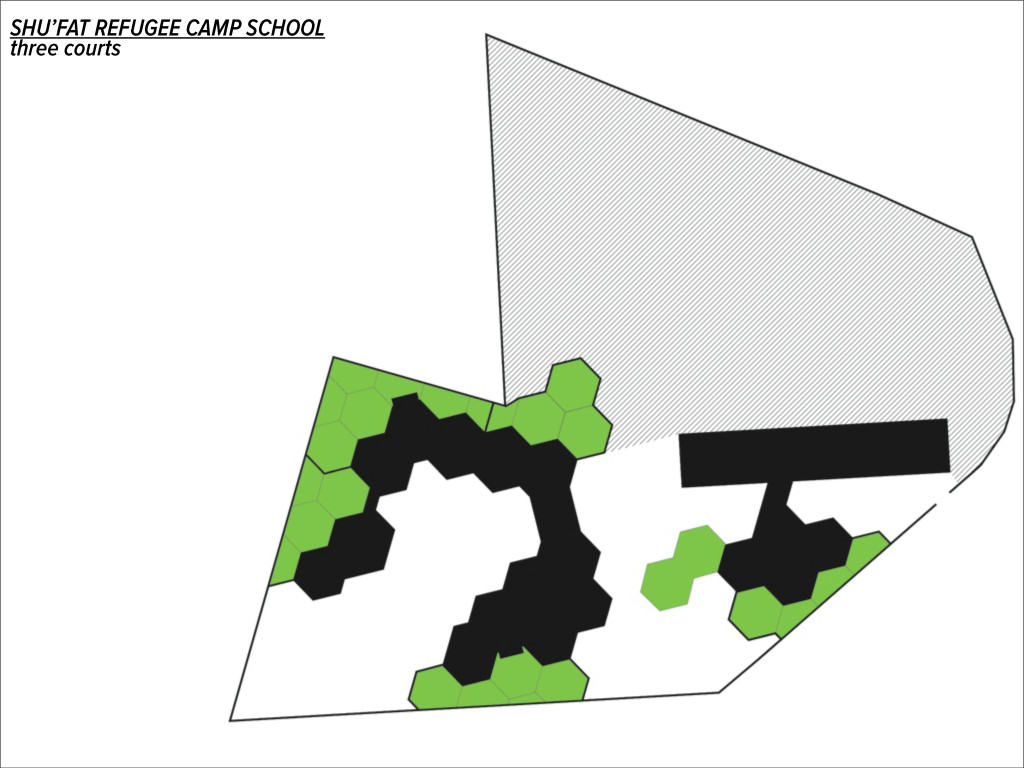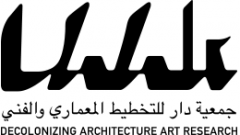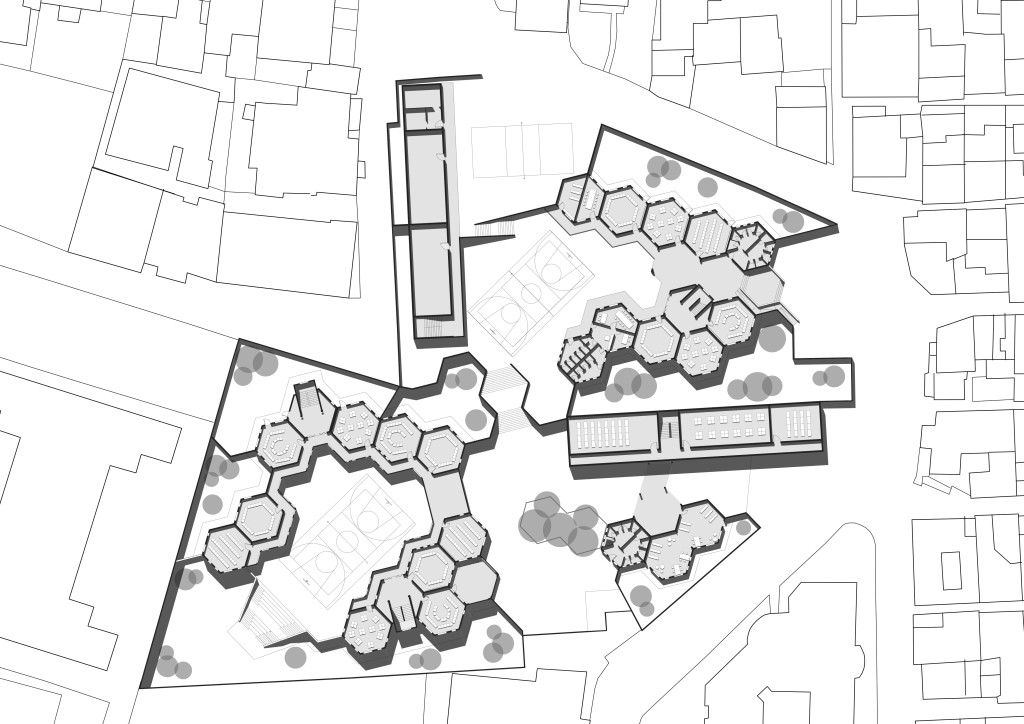The design of the Shu’fat School is inspired by the pedagogical approach cultivated by Hilal and Petti in Campus in Camps. Their approach is devoted to the formation of learning environments where knowledge and actions are the result of a critical dialogue among participants and in direct connection with communities where the interventions are taking place.
To describe this egalitarian and experimental environment, they use the Arabic term Al jame3ah. Translated to English as “the university”, the literal meaning of Al jame3ah is “a place for assembly”. As such, this educational approach is to create a gathering space and a pluralistic environment where participants can learn freely and be involved in an active formation of knowledge based on their daily lived-experience.
Al jame3ah is also a space that aims to contribute to the way schools and universities understand themselves, and overcome conventional structures. In doing so, it seeks forms of critical intervention for the democratization of knowledge production.
The generative form for the school is a circular space around which people can gather to tell or listen to a story. Architecturally, the hexagon constitutes the single classroom, a space in which each participant is equally invited to speak.
Recognizing that the camp is a spatial expression of a particular relation to another place – the place of origin – the project, instead of dismissing this relation, inhabits this tension and contradiction: a double for each classroom: an indoor space for the classroom and outdoor open space for cultivation.








